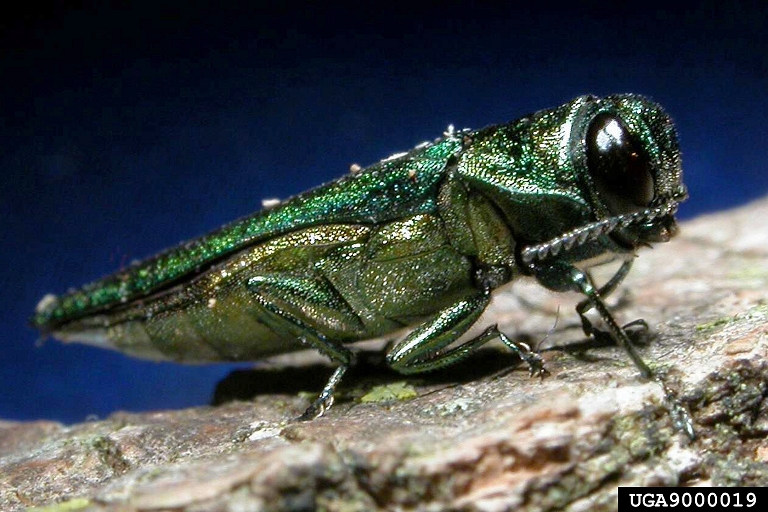Asian longhorned beetle poses threat to New England maples
Signs of fall are beginning to appear in the northeastern United States. Glimpses of colorful leaves are showing and a crisp autumn smell hangs in the air. Maple trees make up much of New England’s landscape and are integral to both thriving tourist and maple syrup industries. Now, a new study just out in the Canadian Journal of Forest Research…

